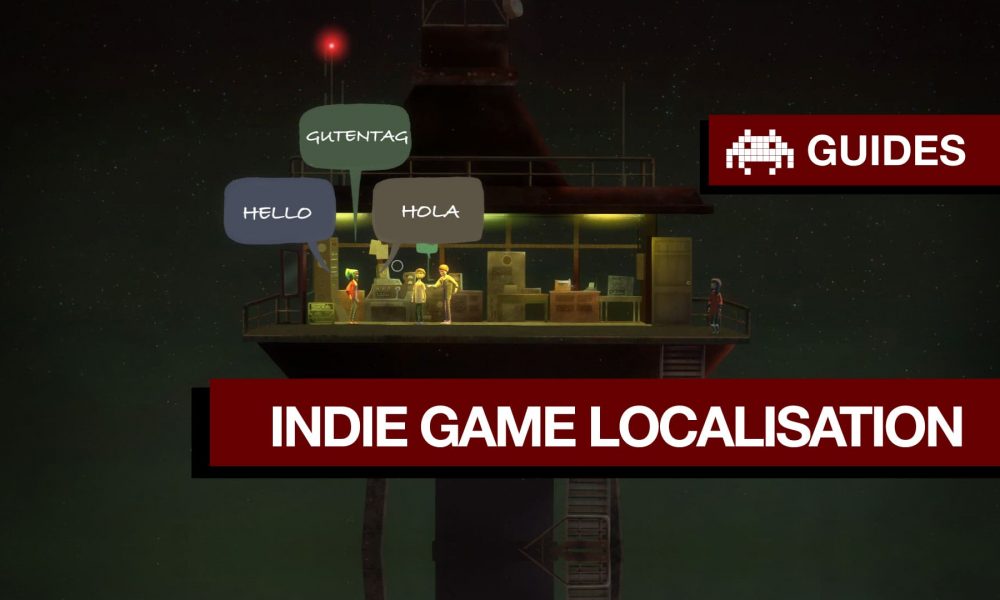

Forget building walls, indie devs! The future of gaming is all about breaking down barriers and reaching players worldwide. Localization, the art of adapting your game for international markets, is no longer a luxury for AAA studios – it’s a strategic weapon in your indie arsenal.
In the global gaming industry, where players from different corners of the world connect seamlessly, the role of a Language Service Provider (LSP) becomes crucial. LSPs specialize in bridging the gap between your game and diverse audiences by translating and adapting content into various languages.
Why Localize? Think Global Domination (But Friendly)
A recent study by Newzoo: Newzoo Global Games Market Report 2023 predicts the global games market will reach $184 billion by 2023. That’s a massive audience waiting to be captivated by your creation. But most of them won’t speak English. Localization unlocks these new markets, boosting sales and establishing a loyal international fanbase.
Planning Early: The Localization Advantage
The key to successful localization? Thinking ahead. Consider incorporating localization best practices from the get-go. This can be as simple as using universally understood symbols or avoiding language-specific humor.
“The earlier developers consider localization, the smoother and more cost-effective the process becomes”, says industry veteran Ofer Tirosh, founder of Tomedes Translation Company which provides gaming translation services. Applying this advice can save you time, money, and frustration.
Target Audience and Market Research: Where the Players Are
Before diving into translations, identify your target markets. Here’s where research shines:
- Geographic Reach: According to Statista: Statista Global Games Market Revenue by Region 2022, Asia leads the pack, followed by North America and Europe. But don’t stop there! Look for emerging markets with passionate gamer demographics, like Latin America or Southeast Asia. Consider attending international game developer conferences or researching local gaming trends to identify these potential goldmines.
- Language Power: Mandarin Chinese, Spanish, and Arabic are just a few languages with booming gaming communities. Prioritize based on market size and potential return on investment (ROI). Consider using localization tools that offer analytics to identify which languages your game is being downloaded or streamed in – this can provide valuable insights into your organic audience.
Logrus IT: The Most Popular Languages on Steam in 2024
Cultural Nuances: Understanding the Rules of the Game
Games are cultural experiences. Jokes might land flat, references go unnoticed, and colors can have symbolic meanings that differ across regions. Research cultural sensitivities to avoid unintentional faux pas. For instance, avoiding white and black color combinations in China can be respectful, as they’re associated with mourning.
Here are some resources to help you navigate cultural nuances:
- Hofstede Insights: offers a framework for understanding cultural differences across various dimensions, like individualism versus collectivism or power distance. This can inform your decision-making when adapting your game’s content.
- Gamasutra: provides a great article on cultural considerations for game design, with specific examples.
- Tomedes, Translation Consistency for Game Developers: discusses the importance of translation consistency for delivering a positive player experience. It also details the challenges of game translation, such as keeping up with technical updates and maintaining the artistic tone.
Text Preparation and Translation
Now, it’s time to gather all in-game text for translation.
- Dialogue: All spoken lines and character interactions within the game.
- UI Elements: Text on menus, buttons, icons, and other user interface features.
- Menus: In-game menus like settings, inventory, and pause screens.
- Formatting for Translators:
- Clear, well-formatted text files or spreadsheets.
- Advanced Option (TMX files):
- For studios with previous translations, TMX files can be used to store and reuse translated content, saving time and resources.
Finding Your Localization Dream Team
There are two main paths: freelance translators and localization companies.
- Freelance Translators: Look for experienced professionals with a proven track record in game localization. Native fluency in the target language is essential. They are available on platforms like ATA or Upwork.
- Localization Companies: These one-stop shops handle the entire process, from translation to cultural adaptation. This can be a good option for complex projects or limited resources.
Cost Considerations: Balancing Budget and Quality
Localization costs vary depending on the chosen model (per word, per project, or per hour) and target languages. Here’s a ballpark breakdown for translating 5,000 words from English to:
- Chinese: $300 – $400 USD
- Japanese: $550 – $700 USD
Per word costs around $0.06 – $0.20 depending on the project and language, for an exact quote and project timeline, contact the game translator or the localization company. The estimates shown above are from Tomedes translation quote page.
Beyond Text: Building a World Without Borders
Localization goes beyond words. Menus, buttons, and icons need adaptation too. Consider date/time formats, currency symbols, and even humor to ensure a seamless experience for your global audience. For instance, some cultures prefer a 24-hour time format, while others use AM/PM.
Think about the visual elements of your game as well. Are there cultural references that might not translate well? Can specific colors or symbols be misconstrued?
Testing and Quality Assurance
Don’t release a buggy or culturally tone-deaf translation! Playtesting localized versions with native speakers is crucial. This helps identify awkward phrasing and ensures the overall experience resonates with the target audience.
Bonus Level: Indie Dev Hacks
- Platform Power: Consider platform-specific localization requirements for PC, mobile, and consoles. For example, character limits for button text might be shorter on mobile devices.
- Future-Proofing: Factor in ongoing maintenance costs for future updates and expansions. This will ensure your game stays fresh and relevant for your global audience.
A Glossary of Localization Lingo:
- Localization: Adapting a game for international markets.
- TMX file: A format for storing previously translated content.
- Cultural adaptation: Adjusting the game’s content for cultural sensitivities.
- Native speaker: A person whose first language is the target language.
Winning the Global Game
Localization unlocks a world of possibilities for your indie game. By planning strategically, understanding your audience, and crafting culturally sensitive experiences, you can turn your creation into a global phenomenon. Here are some resources to help you on your localization journey:
- International Game Developers Association (IGDA): The IGDA offers a wealth of resources for indie devs, including articles, webinars, and local chapters where you can connect with experienced game developers who can guide localization.
- Game Localization Communities: Online forums and communities dedicated to game localization can be a valuable resource. Here you can connect with other indie devs who have been through the localization process, ask questions, and learn from their experiences.
The Future is Localized
The gaming industry is becoming increasingly globalized. By embracing localization, you’re not just expanding your reach – you’re creating a game that resonates with a wider audience and fosters a truly international gaming community. Remember, the future of gaming is inclusive – make sure your indie masterpiece speaks to the world!
Localization is a powerful tool that can take your indie game from a niche to a global phenomenon. By following the steps outlined in this guide and utilizing the available resources, you can ensure a smooth and successful localization process. So, what are you waiting for? Start planning your global gaming domination today!


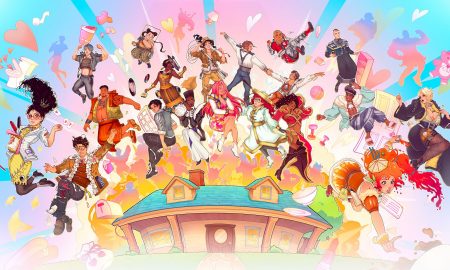











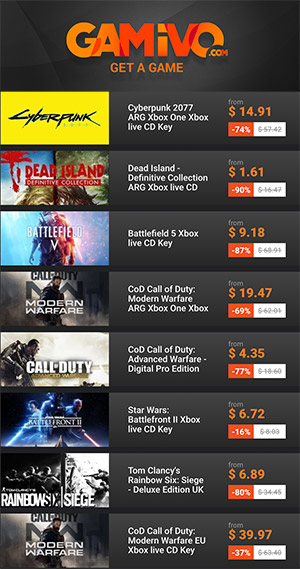















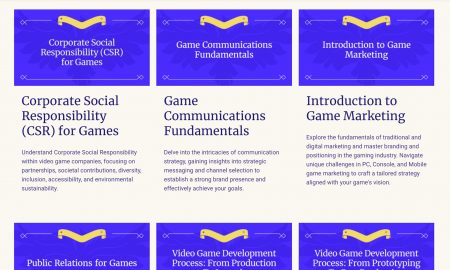

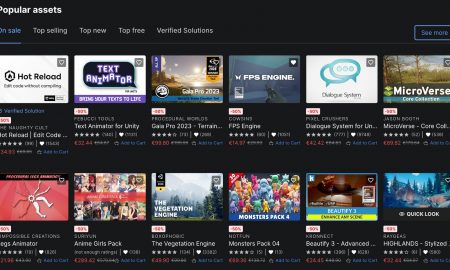


You must be logged in to post a comment Login